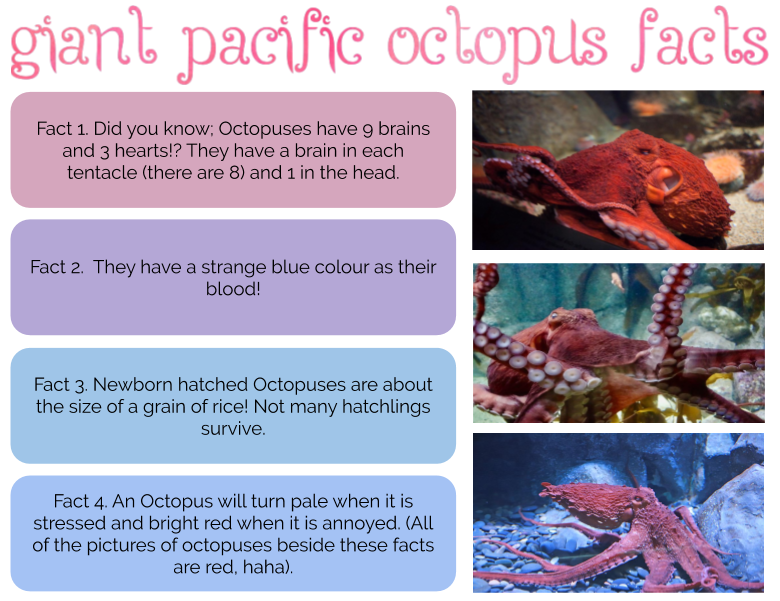

laevigata, and their trophic positioning within this coastal marine system. tetricus, their significance as predators of H. The results from this Thesis provide information on the predatory role of O. This is indicated by the enrichment of δ13C by ~4‰ between abalone and octopus. laevigata, stable isotope analyses show a less obvious trend. While gastric tract analyses suggest that O. tetricus (-23.63 ± 0.42) was similar to three benthic teleosts, Coris auricularis and Opthalmolepis lineolatus, and Upeneichthys vlamingii, highlighting the overlap in use of benthic food resources by several consumers in this system. tetricus (8.08 ± 0.19) occupies a mid-trophic level, slightly below teleosts (10.10 ± 0.22) and loliginid squids (9.47 ± 0.27). Examination of δ15N values revealed that O.

tetricus, and the trophic position of this species within the Flinders Bay sea ranch food web. The nitrogen (δ15N) and carbon (δ13C) isotope signatures of octopus, fish, abalone, and benthic primary producers were examined to understand the assimilation of nitrogen and carbon by O. The crops and stomachs of 44 individuals were examined to assess whether diet differed between these digestive organs, or with increasing body size ( 1,000 g were available for analysis. tetricus, and its significance as a predator of H. Gastric tract and stable isotope analyses were undertaken to determine the dietary composition of different sizes of O. These results confirm that octopuses are a major source of mortality on the sea ranch, supporting the results of the negative binomial models. Twenty shells (18%) had a small, slightly ovoid hole with a bevelled edge, consistent with the holes made by octopuses. A subsample of 110 shells collected by the divers was examined for evidence of octopus predation. This result is likely an artefact of the random sampling design for counting abalone to estimate survival and uncertainty in the number of abalone seeded onto each Abitat.
#Octopus predators series
The results from time series (AR1) models for the relationship between octopus presence and abalone survival were not significant, contradicting those from the negative binomial models. The relationship between octopus and shell counts was also influenced by the spatial position of the Abitats (Line) and Season, which may be linked to environmental variability and the time at which abalone are seeded. The Abitats provide an ideal habitat for octopuses, offering shelter and an abundant food supply. tetricus is present when adjusting for location (“Line”) and Season. Negative binomial generalised linear models showed that the presence of octopus had a significant impact on the number of empty abalone shells collected and estimated that the shell counts are 78% higher when O.

These data were used to examine whether the number of empty shells, and the counts of surviving abalone were related to the presence of octopus. tetricus in this ecosystem (Chapter 3).ĭata were collected by commercial divers over a 27-month period on octopus abundance and the number of empty abalone shells at ~fortnightly to monthly intervals, and the number of abalone surviving on artificial abalone habitats (“Abitats”) every six months. This Thesis investigated two major questions on the predatory role of octopuses on an abalone sea ranch in south-western Australia: (i) does the distribution of octopus on the sea ranch affect the mortality of Greenlip Abalone, Haliotis laevigata (Chapter 2), and (ii) what is the diet and nutrient assimilation (δ13C and δ15N) of Octopus cf. Their short-lived, rapid-growing lifecycle commands high feeding rates, which has the potential to impose strong top-down controls on the benthic communities where they are found. Octopuses play key ecological roles within coastal marine environments around the world. "Diet and trophic role of octopus on an abalone sea ranch". See peer-reviewed articles "Octopus as predators of abalone on a sea ranch".


 0 kommentar(er)
0 kommentar(er)
